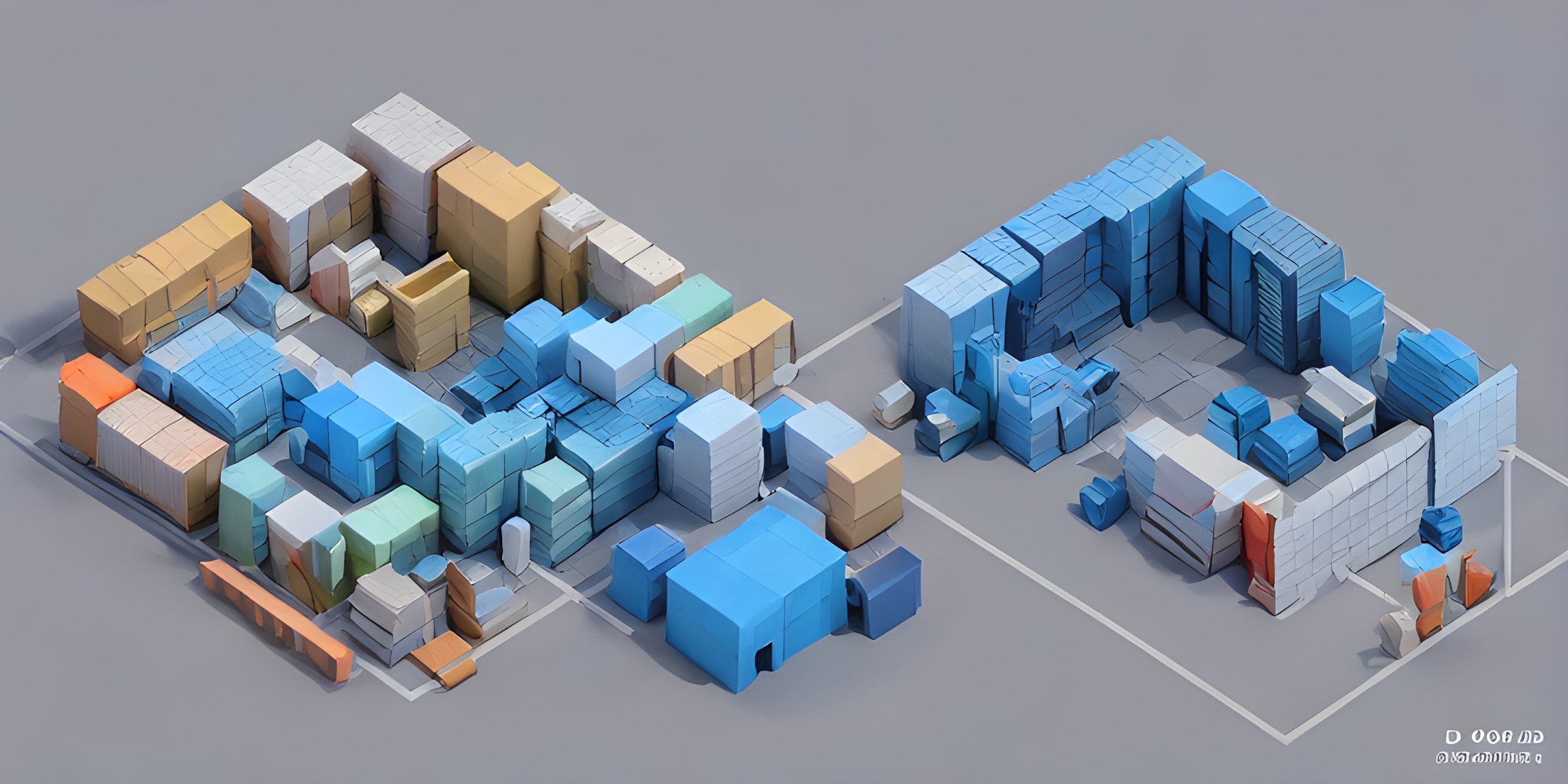Introduction
In the transportation industry, compliance with regulations and efficient management of driver logs are of paramount importance. With the advent of Electronic Logging Devices (ELDs), the cumbersome task of manual logbooks has been replaced by digital solutions that enhance accuracy, streamline operations, and ensure compliance. Samsung rugged tablets, renowned for their durability and performance, have emerged as a reliable choice for ELD implementation. This essay explores the benefits and considerations of using Samsung rugged tablets as ELDs in the transportation industry.
- Durability and Reliability
Transportation professionals operate in challenging environments, facing extreme temperatures, vibrations, and rough roads. Samsung rugged tablets are designed to withstand these conditions, featuring reinforced bodies, shock-resistant construction, and MIL-STD-810G certification. They can handle the rigors of long-haul journeys and provide uninterrupted performance, ensuring reliable ELD functionality throughout the journey.
- Compliance with ELD Regulations
The Federal Motor Carrier Safety Administration (FMCSA) mandates the use of ELDs to record Hours of Service (HOS) for drivers. Samsung rugged tablets equipped with ELD software applications provide a compliant solution for accurate recording and reporting of driver logs. They facilitate automatic tracking of driving time, rest breaks, and duty status, ensuring adherence to FMCSA regulations and minimizing the risk of violations.
- User-Friendly Interface and Enhanced Productivity
Samsung rugged tablets offer intuitive interfaces and user-friendly features that simplify the logging process for drivers. With touchscreen capabilities, drivers can easily navigate through the ELD application, enter data, and review their logs. The tablets also support voice commands, reducing the need for manual input and allowing drivers to focus on the road. These user-friendly features enhance productivity and minimize distractions, promoting safe driving practices.
- Real-Time Communication and Connectivity
Samsung rugged tablets provide robust connectivity options, including cellular data, Wi-Fi, and Bluetooth. This connectivity enables real-time communication between drivers, fleet managers, and dispatchers, facilitating efficient information exchange and coordination. Fleet managers can remotely access driver logs, monitor compliance, and proactively address any issues or concerns, enhancing fleet management efficiency and responsiveness.
- Integrated GPS and Mapping Capabilities
Samsung rugged tablets come equipped with integrated GPS and mapping features, enhancing route planning and navigation for drivers. With accurate positioning information and real-time traffic updates, drivers can optimize their routes, avoid congestion, and minimize delays. Integrated mapping applications also provide valuable insights into trip distances, fuel consumption, and driver performance, enabling data-driven decision-making for fleet managers.
- Data Security and Backup
Protecting sensitive driver data is crucial for both regulatory compliance and maintaining privacy. Samsung rugged tablets offer robust security features, including encryption protocols, secure authentication methods, and remote wipe capabilities. These features safeguard driver information from unauthorized access and ensure compliance with data protection regulations. Additionally, automatic data backup mechanisms prevent data loss in the event of device damage or failure.
- Integration with Fleet Management Systems
Samsung rugged tablets can seamlessly integrate with fleet management systems, enabling comprehensive data analysis and reporting. Integration with dispatching software, fuel management systems, and vehicle telematics allows for real-time monitoring of driver performance, fuel efficiency, and maintenance needs. This integration streamlines operations, optimizes resource allocation, and provides valuable insights for improving fleet efficiency and profitability.
Conclusion
The adoption of Samsung rugged tablets as Electronic Logging Devices (ELDs) in the transportation industry offers numerous benefits. Their durability, compliance with regulations, user-friendly interfaces, real-time communication capabilities, integrated GPS, and data security features make them an ideal choice for improving efficiency, accuracy, and driver safety. By leveraging the power of Samsung rugged tablets as ELDs, transportation companies can achieve seamless compliance, optimize operations, and drive productivity in an increasingly digital and connected world.
drive productivity in an increasingly digital and connected world.
Title: Using Samsung Rugged Tablets as an Electronic Logging Device (ELD)
Introduction
In the transportation industry, compliance with regulations and efficient management of driver logs are of paramount importance. With the advent of Electronic Logging Devices (ELDs), the cumbersome task of manual logbooks has been replaced by digital solutions that enhance accuracy, streamline operations, and ensure compliance. Samsung rugged tablets, renowned for their durability and performance, have emerged as a reliable choice for ELD implementation. This essay explores the benefits and considerations of using Samsung rugged tablets as ELDs in the transportation industry.
- Durability and Reliability
Transportation professionals operate in challenging environments, facing extreme temperatures, vibrations, and rough roads. Samsung rugged tablets are designed to withstand these conditions, featuring reinforced bodies, shock-resistant construction, and MIL-STD-810G certification. They can handle the rigors of long-haul journeys and provide uninterrupted performance, ensuring reliable ELD functionality throughout the journey.
- Compliance with ELD Regulations
The Federal Motor Carrier Safety Administration (FMCSA) mandates the use of ELDs to record Hours of Service (HOS) for drivers. Samsung rugged tablets equipped with ELD software applications provide a compliant solution for accurate recording and reporting of driver logs. They facilitate automatic tracking of driving time, rest breaks, and duty status, ensuring adherence to FMCSA regulations and minimizing the risk of violations.
- User-Friendly Interface and Enhanced Productivity
Samsung rugged tablets offer intuitive interfaces and user-friendly features that simplify the logging process for drivers. With touchscreen capabilities, drivers can easily navigate through the ELD application, enter data, and review their logs. The tablets also support voice commands, reducing the need for manual input and allowing drivers to focus on the road. These user-friendly features enhance productivity and minimize distractions, promoting safe driving practices.
- Real-Time Communication and Connectivity
Samsung rugged tablets provide robust connectivity options, including cellular data, Wi-Fi, and Bluetooth. This connectivity enables real-time communication between drivers, fleet managers, and dispatchers, facilitating efficient information exchange and coordination. Fleet managers can remotely access driver logs, monitor compliance, and proactively address any issues or concerns, enhancing fleet management efficiency and responsiveness.
- Integrated GPS and Mapping Capabilities
Samsung rugged tablets come equipped with integrated GPS and mapping features, enhancing route planning and navigation for drivers. With accurate positioning information and real-time traffic updates, drivers can optimize their routes, avoid congestion, and minimize delays. Integrated mapping applications also provide valuable insights into trip distances, fuel consumption, and driver performance, enabling data-driven decision-making for fleet managers.
- Data Security and Backup
Protecting sensitive driver data is crucial for both regulatory compliance and maintaining privacy. Samsung rugged tablets offer robust security features, including encryption protocols, secure authentication methods, and remote wipe capabilities. These features safeguard driver information from unauthorized access and ensure compliance with data protection regulations. Additionally, automatic data backup mechanisms prevent data loss in the event of device damage or failure.
- Integration with Fleet Management Systems
Samsung rugged tablets can seamlessly integrate with fleet management systems, enabling comprehensive data analysis and reporting. Integration with dispatching software, fuel management systems, and vehicle telematics allows for real-time monitoring of driver performance, fuel efficiency, and maintenance needs. This integration streamlines operations, optimizes resource allocation, and provides valuable insights for improving fleet efficiency and profitability.
Conclusion
The adoption of Samsung rugged tablets as Electronic Logging Devices (ELDs) in the transportation industry offers numerous benefits. Their durability, compliance with regulations, user-friendly interfaces, real-time communication capabilities, integrated GPS, and data security features make them an ideal choice for improving efficiency, accuracy, and driver safety. By leveraging the power of Samsung rugged tablets as ELDs, transportation companies can achieve seamless compliance, optimize operations, and drive productivity in an increasingly digital and connected world.








